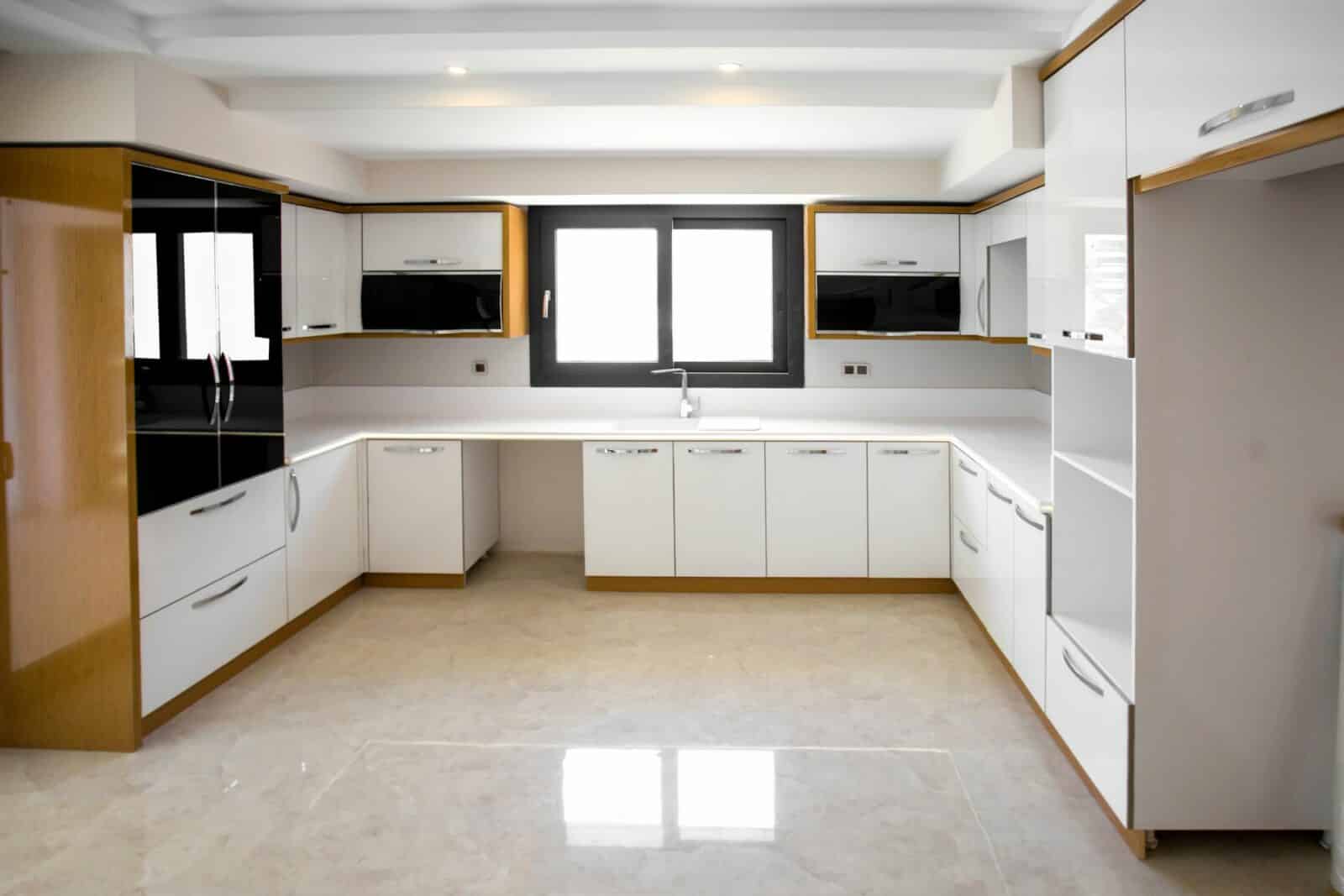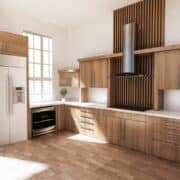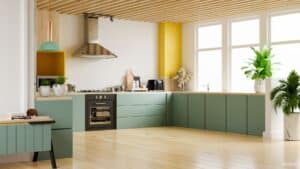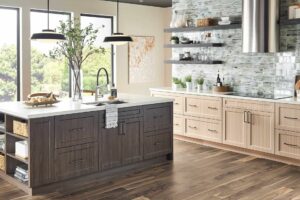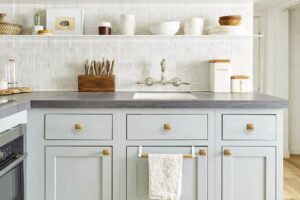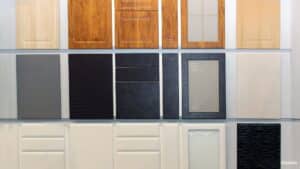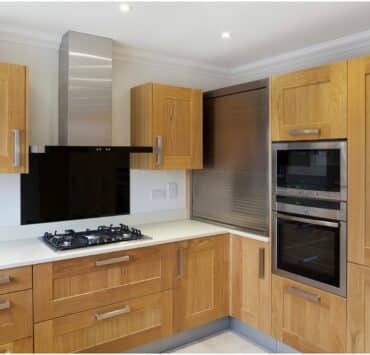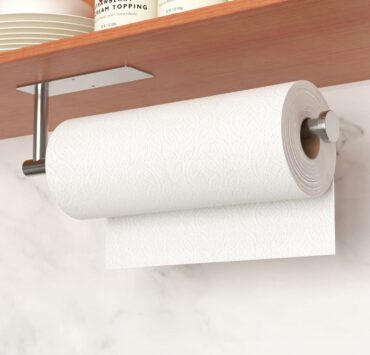Navigating the world of affordable kitchen cabinets can be a daunting task, especially when you’re looking for a blend of style and durability. Here’s a comprehensive guide to help you make an informed decision:
1. Types of Affordable Kitchen Cabinets
- Ready-to-Assemble (RTA): These cabinets come in parts and you assemble them at home. They’re typically more affordable than pre-assembled options and are available in a variety of styles and finishes.
- Stock Cabinets: Available in standard sizes and shapes, stock cabinets are mass-produced, which often makes them more budget-friendly. While customization might be limited, there’s usually a wide variety to choose from.
- Unfinished Cabinets: If you’re handy with DIY or hiring a professional to paint or stain, unfinished cabinets can save you money upfront. You get the freedom to choose the final look.
2. Cost-effective Cabinet Materials
- Medium-Density Fiberboard (MDF): A popular choice for those on a budget, MDF is resistant to warping and offers a smooth finish for paint.
- Plywood: While slightly pricier than MDF, plywood is durable and holds screws and nails well, making it a good choice for cabinet boxes.
- Particleboard: Composed of wood chips and resin, particleboard is an economical option. However, it’s essential to ensure it’s well-sealed to prevent moisture damage.
3. Affordable Wood Species for Cabinets
- Oak: A durable and less expensive wood option, oak cabinets offer a prominent grain that can add texture to your kitchen.
- Birch: Light in color and smooth in texture, birch is another cost-effective wood choice. It stains well, allowing for a variety of looks.
- Pine: Soft and light, pine is easy to stain to achieve various shades. It’s one of the less expensive wood species, but it can be prone to dents.
4. Tips to Save on Kitchen Cabinets
- Shop Sales and Discounts: Many retailers offer sales during specific times of the year. Keeping an eye out for these can lead to significant savings.
- Consider Open Shelving: For some areas of your kitchen, open shelving can be a stylish and affordable alternative to traditional cabinets.
- Refurbish Instead of Replace: If your current cabinets are structurally sound, consider updating them with a fresh coat of paint or new hardware.
Finding affordable kitchen cabinets that don’t compromise on quality is entirely achievable with the right knowledge. By understanding the different types, materials, and wood species available, you can make a choice that suits both your style and budget.
Here are some frequently asked questions with their answers about affordable kitchen cabinets:
1. How to identify cheap cabinets?
Answer: Look for signs such as thin or flimsy materials, inconsistent finishes, poorly aligned doors or drawers, and weak joinery. Additionally, cabinets made from particleboard or with stapled construction tend to be on the cheaper end.
2. What are the cheapest types of kitchen cabinets?
Answer: Ready-to-Assemble (RTA) and stock cabinets are typically the most affordable options. They come in standard sizes and are mass-produced, which often makes them budget-friendly.
3. What are common problems with kitchen cabinets?
Answer: Common issues include warping, peeling or chipping finishes, misaligned doors, sagging shelves, and malfunctioning hardware like hinges or drawer slides.
4. How can I make cheap cabinets better?
Answer: Enhance the longevity and appearance of budget cabinets by adding a protective finish, upgrading the hardware, reinforcing shelves, and ensuring proper installation.
5. Should kitchen cabinets go all the way to the ceiling?
Answer: It’s a design choice. Cabinets that extend to the ceiling can offer more storage and a cohesive look, while leaving space can give the room a more open feel or provide space for decorative items.
6. Do kitchen remodels add value?
Answer: Yes, kitchen remodels are among the top home improvements that can boost property value. However, it’s essential to balance the cost of the remodel with the potential return on investment.
7. What factors affect the price of kitchen cabinets?
Answer: Factors include material, construction quality, finish, hardware, customization level, brand, and where they’re purchased.
8. Where’s the best place to have your kitchen cabinets?
Answer: The best place depends on your kitchen’s layout and your needs. Common placements include above and below countertops, kitchen islands, and pantry areas.
9. Can a dishwasher be installed into my existing cabinets?
Answer: Yes, with some modifications. It’s essential to ensure the space is the right size, has the necessary electrical and plumbing connections, and that the installation doesn’t compromise the cabinet’s structural integrity.
